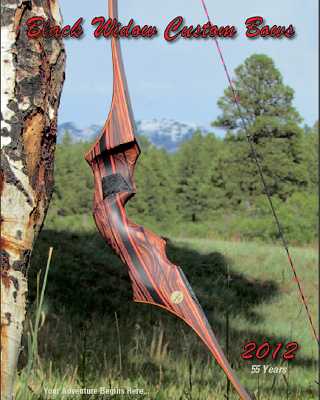 |
   |
 |


- Welcome to Trad Gang.
String Tension
Started by , September 30, 2016, 07:13:00 PM
Previous topic - Next topic0 Members and 1 Guest are viewing this topic.
User actions
Copyright 2003 thru 2025 ~ Trad Gang.com © |
 |
   |
 |


Started by , September 30, 2016, 07:13:00 PM
Previous topic - Next topic0 Members and 1 Guest are viewing this topic.
Copyright 2003 thru 2025 ~ Trad Gang.com © |